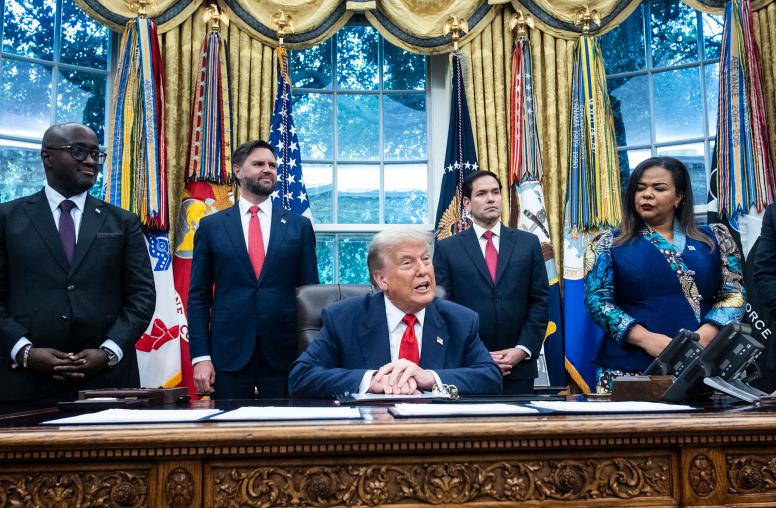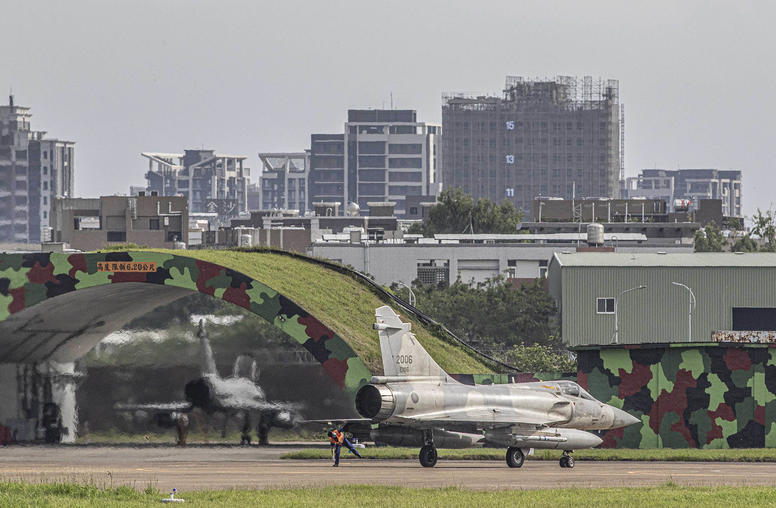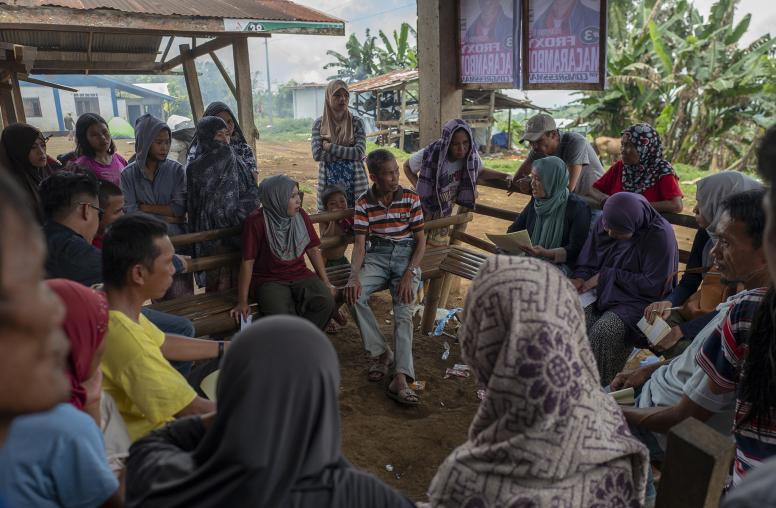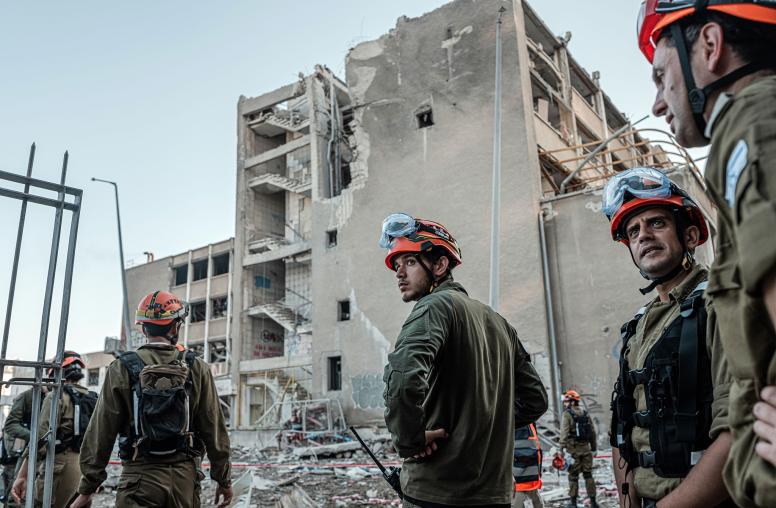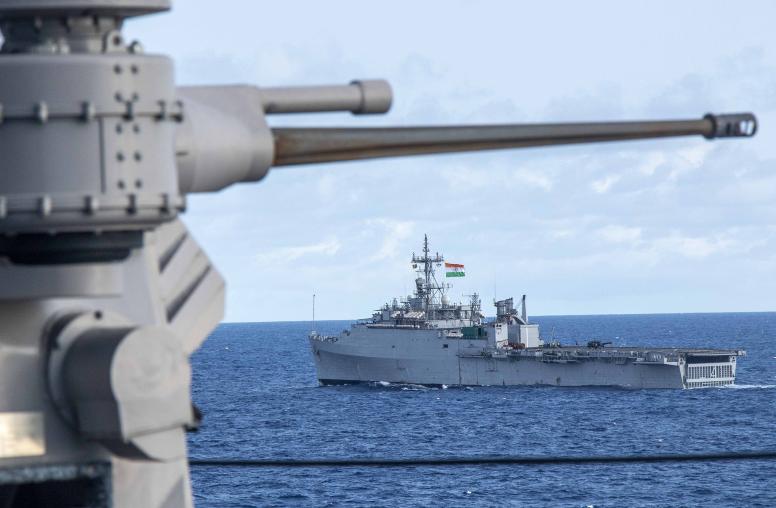Non-Violent Struggle: 50 Crucial Points
This handbook, CD, and website, produced from a USIP grant, describes proven strategies and tactics for nonviolent political movements. Based on first hand experience in Serbia and Georgia, the resources provide easily accessible lessons and best practices to front-line practitioners engaged in struggles for freedom around the world.

